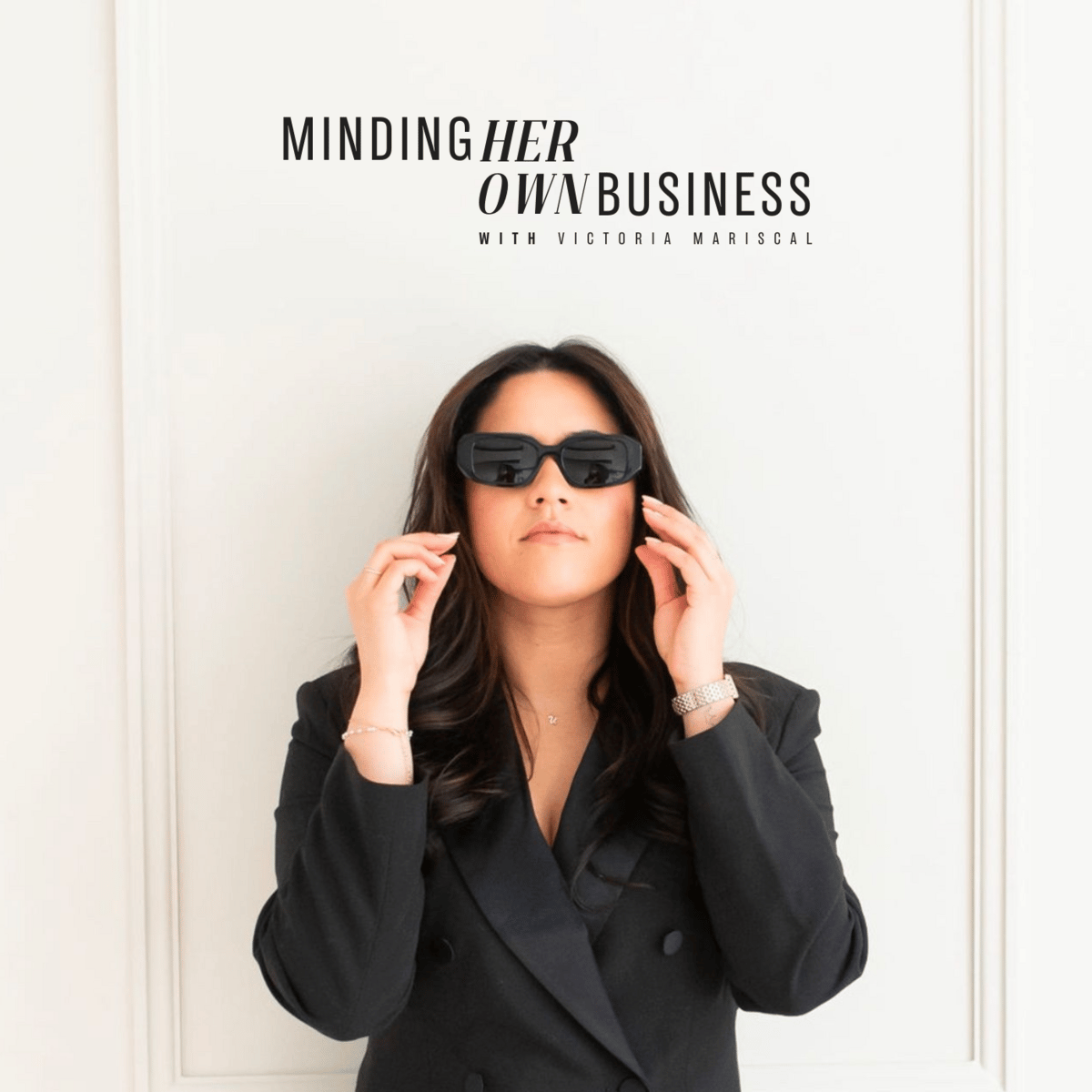Instagram just announced they're testing a "Your Algorithm" feature where you can manually toggle topics in your Reels feed. You'll be able to go into settings and tell the app "show me more film photography" or "never show me college football again" with actual permanent controls that go beyond the basic "Not Interested" button.
The feature started rolling out last month, initially on Reels before expanding to the main Home Feed and Explore page. Adam Mosseri announced it as a way to give users "unprecedented control over the content served to them," which sounds great until you stop and think about what that actually means.
When the Builders Can't Track What They Built
Instagram now operates over 1,000 machine learning models just to decide what content to show you. Not ten. Not a hundred. Over one thousand separate models. The whole infrastructure has gotten so complex that Meta's own engineering team had to build something called a model registry (basically a ledger) just to keep track of which models are even in production and what they're supposed to be doing.
When the people who built the system need a spreadsheet to remember what exists inside their own creation, that's not impressive engineering; that's admitting you lost control.
Their engineering team literally published an article titled "Journey to 1000 models" where they admit that "even as a team focused on one app, we couldn't stay on top of the growth, and product ML teams were maintaining separate sources of truth, if any, for their models in production." Translation: we have no idea what's happening anymore.
The Illusion of Understanding
Instagram describes its ranking system as "a variety of algorithms, classifiers, and processes, each with its own purpose." Cool, very scientific-sounding. What they're actually saying is nobody can explain how all these pieces interact anymore because the system is too complex for human comprehension.
So instead of simplifying the system or admitting this maybe got out of hand, they're building you a control panel and saying "here, you figure it out."
This move follows a pattern Meta has perfected. After Cambridge Analytica, Facebook added dozens of privacy controls that made everyone feel better about their data being used for political manipulation. Then research showed that basically nobody actually changed their settings. The existence of choice is more powerful psychologically than the choice itself.
Meta knows that by simply making manual controls available, most users feel reassured and stop complaining, even if they never touch the settings. It's a pressure release valve, not a solution.
Instagram's growth over the last few years has been almost entirely driven by three things: DMs, Reels, and recommendations from accounts you don't follow. Not your friends' photos. Not the carefully curated feed of people you intentionally chose. The algorithm pushing content at you from complete strangers is what keeps three billion monthly active users opening the app.
The Optimization Trap
Mosseri has been doing this whole transparency tour, releasing videos explaining how the algorithm works. He broke it down nice and simple: there are two types of reach now. Connected reach (your followers) and unconnected reach (people who don't follow you yet). The three metrics that matter most are watch time, likes per reach, and sends per reach.
That's the digestible version they want you to focus on. The reality underneath is that Instagram's algorithm analyzes every frame of your Reel along with the transcript to understand the topic, uses natural language processing on captions for search functionality, weighs different signals differently depending on whether content appears in Feed versus Stories versus Explore, and adjusts these priorities constantly based on how three billion people behave across the platform.
The algorithm changes daily based on human behavior, not through big dramatic updates that get announced. So good luck optimizing for that.
Instagram keeps telling creators to focus on watch time, use trending audio, avoid watermarks from other apps, keep videos under three minutes, and make sure your account is in good standing. Those are the current rules. They'll probably shift by next month because the algorithm is constantly reacting to everything happening on the platform.
What This Really Means
The manual topic controls are being framed as user empowerment, as giving people agency over their feeds and mental health. That framing is doing some heavy lifting. What this really represents is Instagram acknowledging that its 1,000-model algorithmic infrastructure has become too complex to reliably deliver what users actually want to see, so they're creating an escape hatch.
If your recommendation system worked perfectly, you wouldn't need to give users manual overrides. The fact that they're building these controls means they know the system produces results that frustrate enough people to be a problem worth addressing.
I work with companies on marketing operations and systems design, and there's a pattern I see constantly. Teams build a system. That system works okay. Then someone adds a tool to solve a problem the first system created. Then another layer gets added to fix what the second tool broke. Eventually you have this Frankenstein infrastructure where nobody can trace back why things work the way they do, everyone's afraid to touch anything because the whole thing might collapse, and you end up just building workarounds on top of workarounds.
Instagram's algorithm has become the enterprise tech stack of social media. Bloated, mysterious, held together with duct tape and prayers.
What This Means for Anyone Building on Instagram
For creators and marketers trying to build anything sustainable on Instagram, this is the uncomfortable reality you're dealing with. You're optimizing for a system that its own engineers can't fully explain, that changes daily based on collective human behavior, that's governed by 1,000+ models with different purposes, and that's now so complicated the platform has to give users manual overrides because even Instagram doesn't trust it to work correctly all the time.
The advice remains what it's always been: create stuff that makes people want to engage with it. Content that gets watched, liked, and shared. Build actual relationships with your audience instead of chasing vanity metrics. Post consistently without burning yourself out. All the fundamentals that were true before algorithms even existed.
The platforms want everyone to believe there's a secret code to crack, some perfect formula that unlocks infinite reach. There isn't one. The code changes faster than anyone can decode it, and the people who wrote it can't explain how it all works together anymore.
So yeah, Instagram's giving us manual topic controls. Some people will use them. Most won't. The algorithm will keep doing its chaotic, incomprehensible thing in the background while consuming ungodly amounts of computing power to serve content to three billion people. Creators will keep trying to reverse engineer it. Marketers will keep selling courses on how to hack it.
The real question isn't whether you should toggle your topics. It's whether we're comfortable with platforms that have grown so complex that even their creators can't control or fully explain them anymore, and whether building businesses and careers on that foundation is sustainable long-term.
Have ideas for future newsletters?
Hit reply and let me know what you'd like to see!
XX

P.S. Did you love this edit? Take 5 seconds to forward this to a friend who could use some no-bull advice and insights to get them through those “life is life-ing” days.






